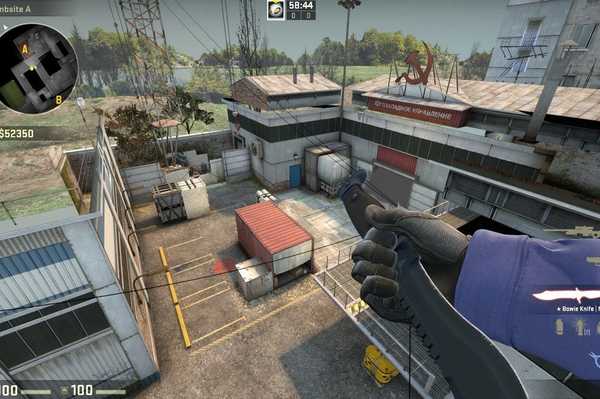Bodrum Escapes: Your Guide to Luxury and Leisure
Explore the best of Bodrum with exclusive insights and tips for an unforgettable experience.
Cache Chronicles: Surprising Tactics Revealed
Unlock hidden strategies and secrets in Cache Chronicles! Dive into surprising tactics that can elevate your game and boost your success.
Unlocking the Secrets of Cache Management: Unexpected Strategies for Optimization
Effective cache management is essential for optimizing website performance and enhancing user experience. By strategically leveraging caching mechanisms, you can significantly reduce load times and improve response rates. One unexpected strategy involves the implementation of cache warming, where frequently accessed data is pre-loaded into the cache, ensuring that users experience lightning-fast performance even during peak traffic times. Additionally, using customized caching policies tailored to your specific audience can lead to enhanced efficiency, allowing you to maintain a smooth operation without overloading your server resources.
Another crucial aspect of cache management lies in monitoring and analytics. Regularly reviewing cache hit ratios can help identify which resources are frequently accessed and which are not. This analysis allows you to adjust your caching strategy accordingly, optimizing for the most viewed content. Furthermore, employing versioning for cacheable assets, such as CSS and JavaScript files, ensures that users always receive the most up-to-date content without compromising website speed. By integrating these unexpected strategies into your cache management workflow, you can unlock remarkable performance improvements for your site.

Counter-Strike is a popular first-person shooter game that emphasizes teamwork, strategy, and skill. Players can choose between different game modes and compete in intense battles either as terrorist or counter-terrorist factions. Many players are interested in optimizing their gameplay with specific settings, such as magixx settings, to improve their performance and enhance their overall experience.
The Hidden Costs of Poor Caching: Are You Overlooking These Key Issues?
When it comes to website performance, caching plays a crucial role in ensuring fast loading times and enhancing user experience. However, many webmasters overlook the hidden costs of poor caching, which can significantly impact their site's efficiency. For instance, if your caching configuration is suboptimal, you may experience increased server load, leading to higher hosting costs and potential downtime. Additionally, an improperly managed cache can serve stale content to your users, resulting in decreased engagement and ultimately damaging your brand's reputation.
Moreover, the consequences of poor caching extend beyond financial implications. Search engines prioritize website performance as a ranking factor, so if your site is slow due to inefficient caching strategies, you might find yourself slipping in search engine results. This can lead to lost traffic and lower visibility online. To avoid these pitfalls, regularly audit your caching strategy and implement best practices tailored to your website's specific needs, ensuring that you're not only saving resources but also providing an optimal browsing experience for your visitors.
Cache Chronicles: What Every Developer Should Know About Effective Data Caching Techniques
In the ever-evolving landscape of web development, data caching has emerged as a cornerstone technique for optimizing performance and enhancing user experience. By temporarily storing frequently accessed data closer to the application, developers can significantly reduce latency and improve response times. Effective data caching involves understanding various strategies, such as in-memory caching, distributed caching, and browser caching. Each of these techniques serves unique use cases, from speeding up database queries to minimizing the load on network resources. A well-implemented caching strategy not only boosts performance but also scales applications more efficiently as user demand grows.
When considering caching, it’s vital for developers to recognize the importance of cache invalidation and expiration policies. Without proper management, stale or irrelevant data can lead to outdated information being served to users. Techniques like time-based expiration, manual invalidation, and versioning can help maintain the accuracy of cached data. Additionally, developers should be aware of caching best practices, such as utilizing a cache hierarchy and monitoring cache hit ratios, to ensure their caching strategies are both effective and sustainable. Embracing these data caching techniques enables developers to deliver high-performing applications that are both responsive and reliable.